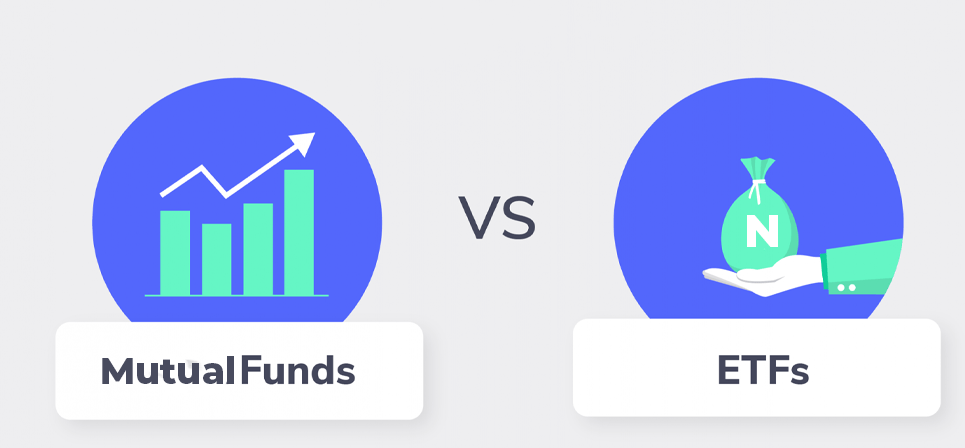What Is an ETF Fund? Exploring the World of Exchange-Traded Funds
If you’ve ever dipped your toes into the world of investing, you’ve probably come across the term “ETF fund” at some point. But what exactly is an ETF fund? In this article, we’ll delve into the fascinating realm of exchange-traded funds, shedding light on what they are, how they work, and why they have become increasingly popular among investors.

Breaking It Down: What Is an ETF Fund?
Let’s start with the basics. ETF stands for “exchange-traded fund.” At its core, an ETF is a type of investment fund that can be bought and sold on major stock exchanges, just like individual stocks. It offers investors a way to gain exposure to a diversified portfolio of assets, such as stocks, bonds, commodities, or even a mix of different asset classes.
The Lowdown on ETF Mechanics
Now that we’ve defined what an ETF fund is, let’s take a closer look at how it operates. ETFs are designed to mirror the performance of a specific index or asset class, aiming to replicate its returns. Think of it as owning a basket of securities that collectively represent a particular market or sector.
Unlike mutual funds, which are priced at the end of each trading day, ETFs are priced throughout the trading day, much like individual stocks. This feature provides investors with greater flexibility, as they can buy or sell ETF shares at any point during market hours.
ETFs: A Jack of All Trades
One of the key advantages of ETF funds is their versatility. They come in various shapes and sizes, catering to different investment strategies and objectives. Whether you’re interested in gaining exposure to a specific sector, tracking a broad market index, or investing in a niche asset class, chances are there’s an ETF tailored to your needs.
Diversification: The Spice of Investing Life
When it comes to investing, the old saying “Don’t put all your eggs in one basket” holds true. Diversification is a critical aspect of any well-rounded investment portfolio, and ETFs offer an efficient way to achieve it. By investing in an ETF, you’re essentially spreading your risk across multiple securities, reducing the impact of any single company or investment on your overall portfolio.
Liquidity and Cost Efficiency: A Dynamic Duo
Another compelling feature of ETFs is their liquidity. Since they trade on stock exchanges, investors can easily buy and sell ETF shares throughout the trading day, providing a high level of market liquidity. This liquidity is particularly advantageous for active traders or those seeking to react quickly to market movements.
Furthermore, ETFs generally have lower expense ratios compared to traditional mutual funds. These lower costs can make a significant difference in the long run, as they eat up less of your investment returns. Plus, many ETFs are passively managed, meaning they aim to track the performance of an index rather than relying on active fund management, which tends to come with higher fees.
Is an ETF Fund Right for You?
Now that you have a better understanding of what an ETF fund is and its potential benefits, you may be wondering if it’s the right investment vehicle for you. As with any investment, it’s crucial to assess your individual financial goals, risk tolerance, and time horizon before diving in.
If you’re looking for broad market exposure, diversification, flexibility, and cost efficiency, ETFs may be a suitable option to consider. However, it’s always advisable to do your due diligence, research different ETF offerings, and consult with a financial professional to ensure alignment with your investment objectives.
Conclusion
An ETF fund is a versatile investment vehicle that provides exposure to a diversified portfolio of assets and trades on stock exchanges like individual stocks. With their liquidity, cost efficiency, and potential for diversification, ETFs have gained popularity among investors looking to navigate the ever-changing financial markets. As always, it’s essential to carefully evaluate your investment needs and seek professional guidance to make informed decisions in your investment journey.

